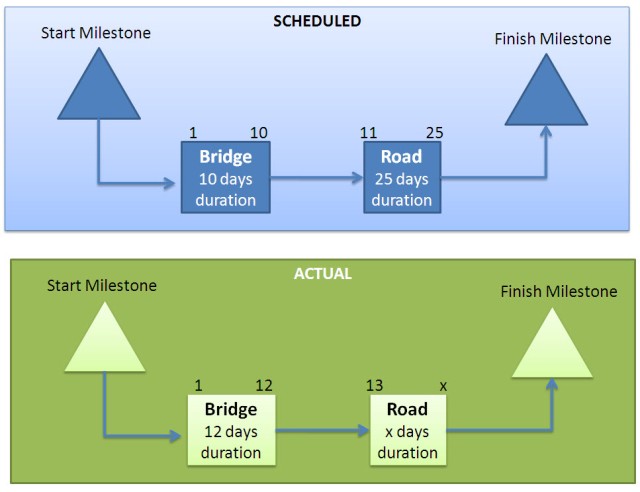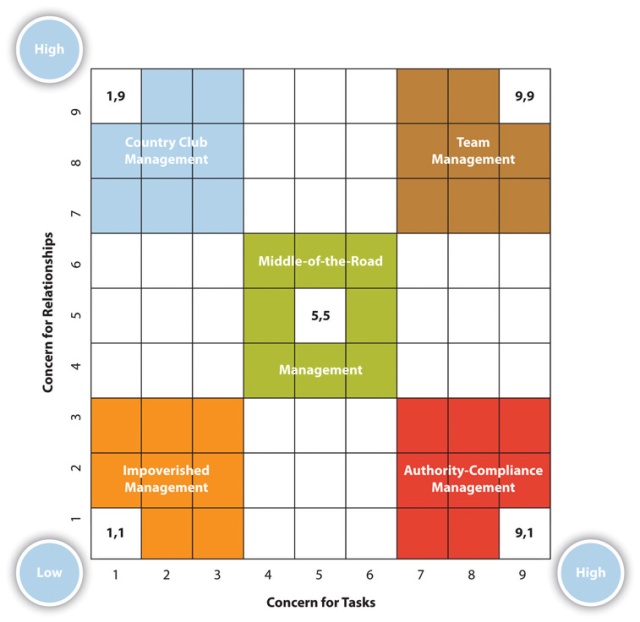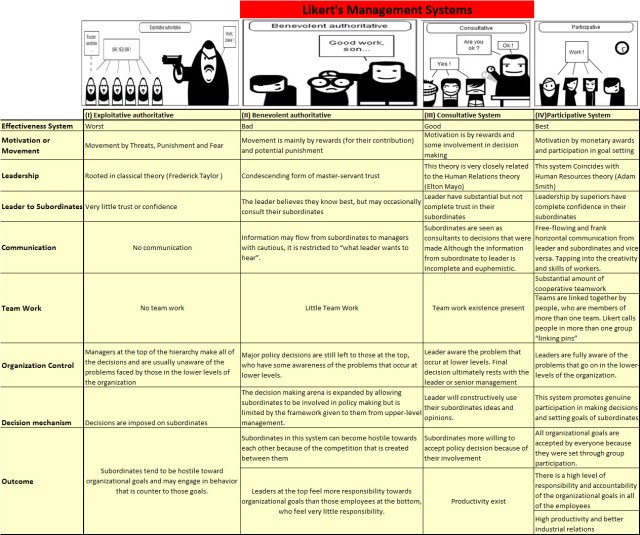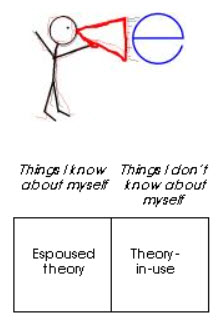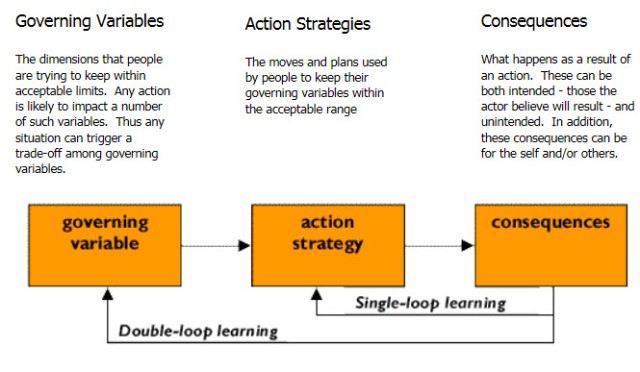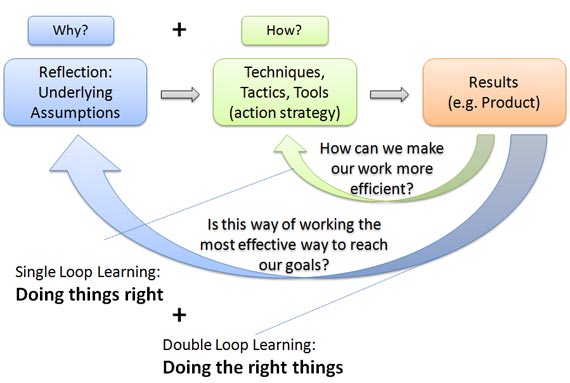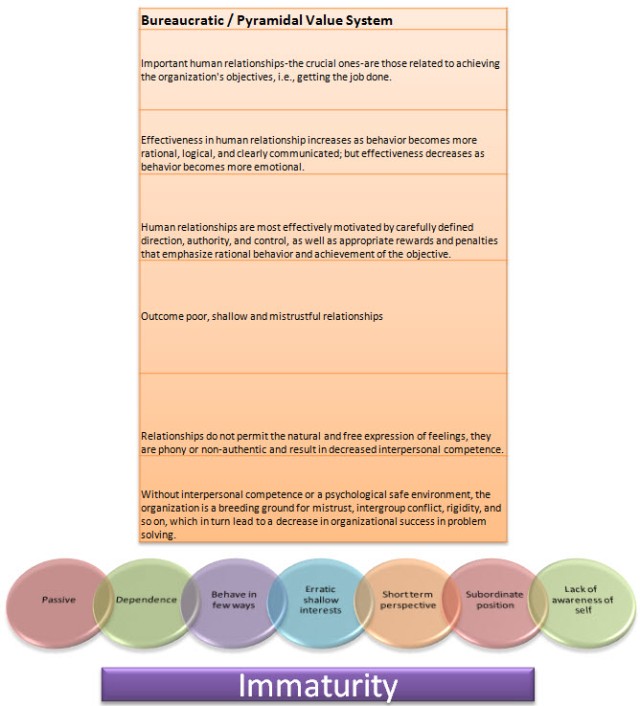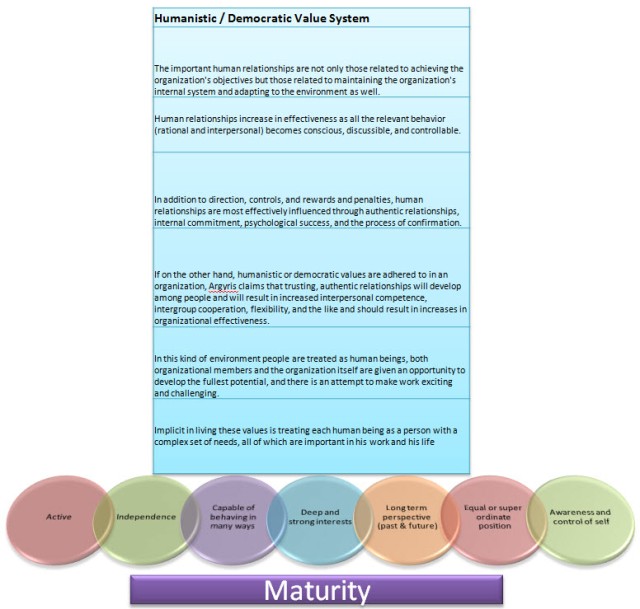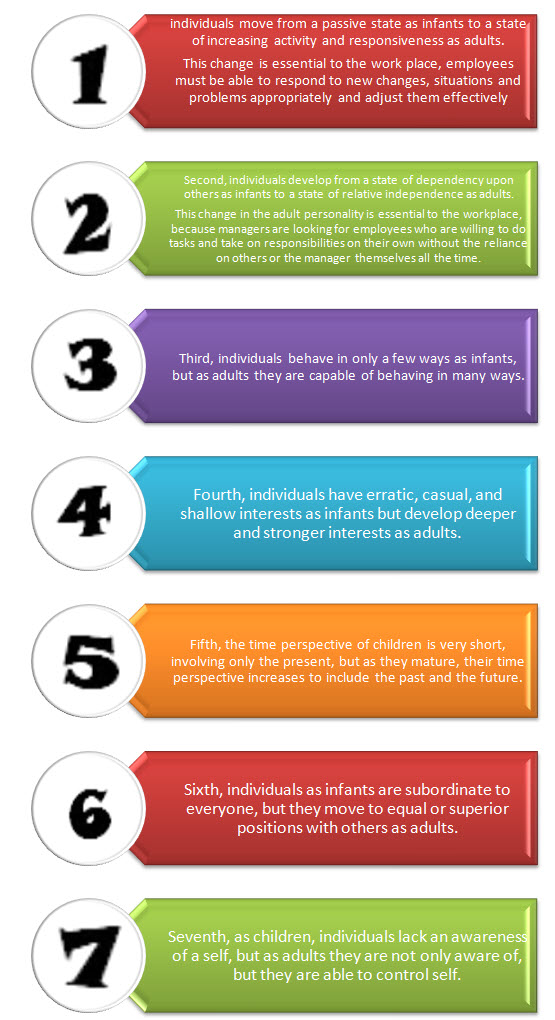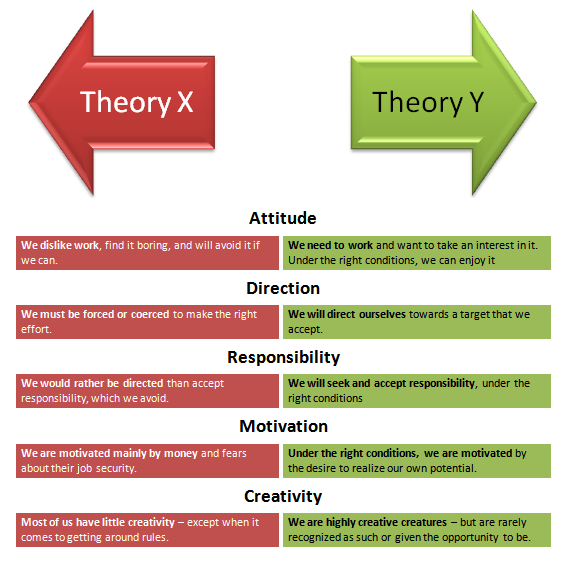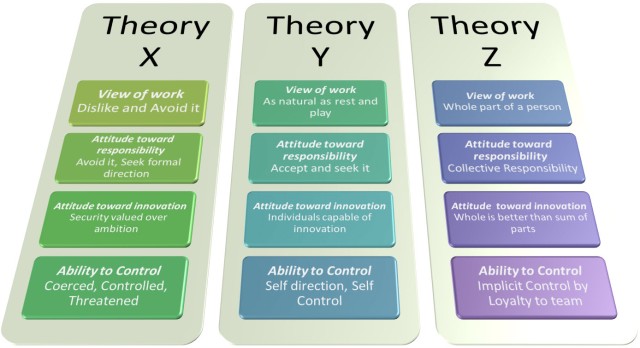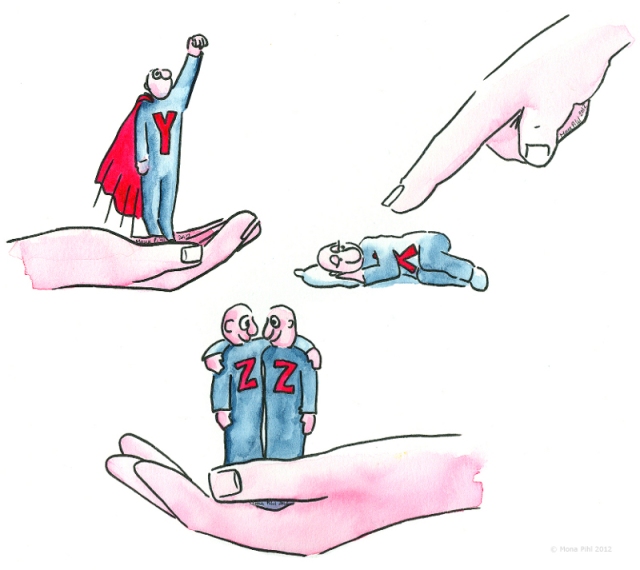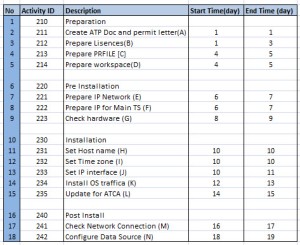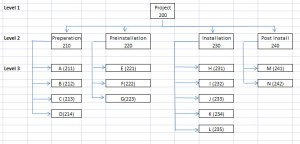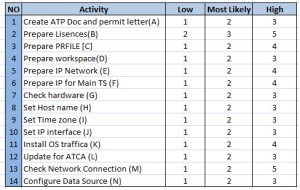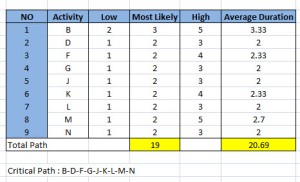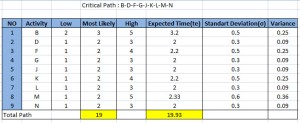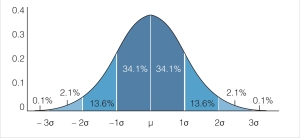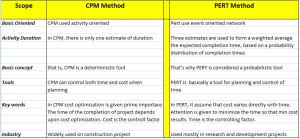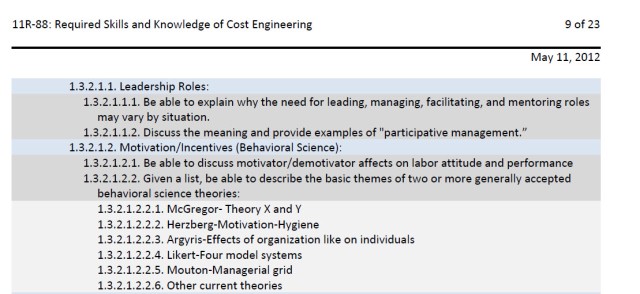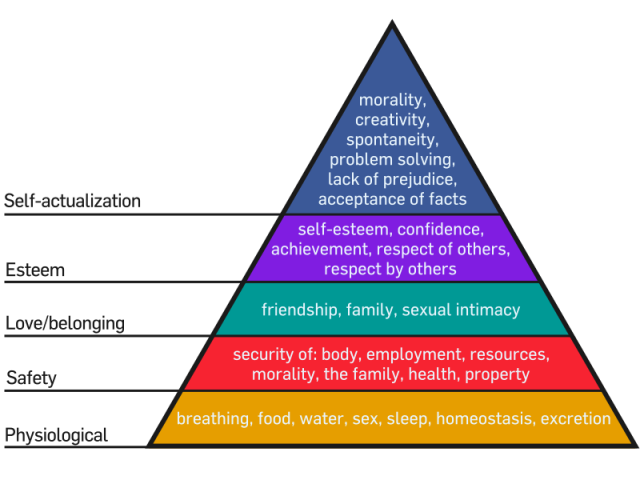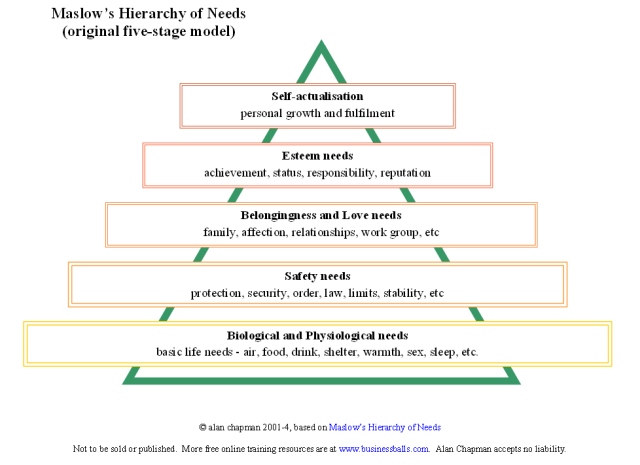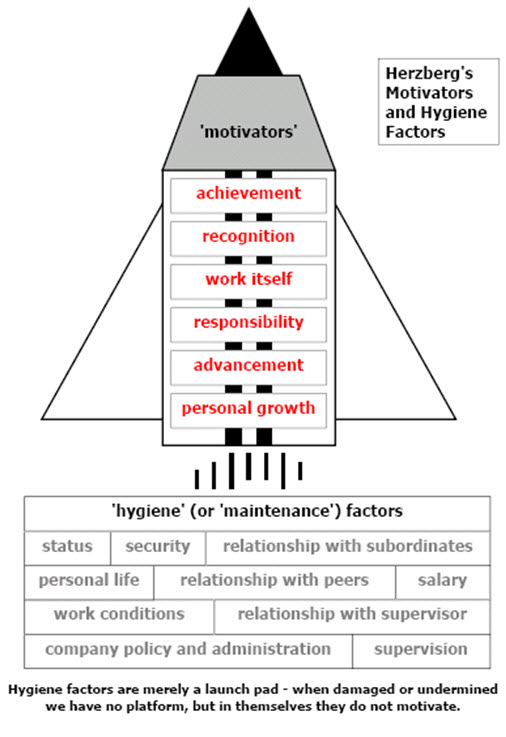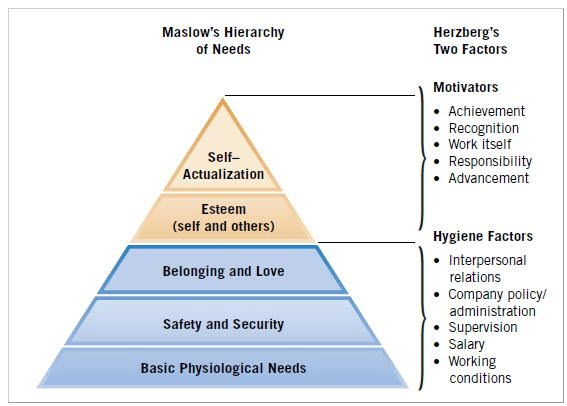Leadership is a vast and important subject, yet full of confusing ideas and terminology, open to widely different interpretations. Leadership definitions and descriptions also vary enormously. Examples of leadership can be extremely diverse too.

We lead when we manage a football team

or teach a classroom of children.

We lead our own children when we are parents,

and we lead when we organize anything.
We certainly lead when we manage projects, or develop a new business. We lead the moment we take the first supervisory responsibility at work, and we may lead even before we assume official responsibility to do anything.

A vicar or preacher leads a congregation

A writer or visionary may lead when he or she puts pen to paper and creates a book, or poem, or article which inspires and moves others to new thoughts and actions
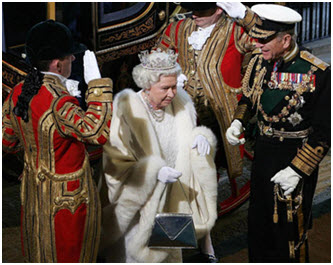

A monarch and a president are both leaders


So is a local councilor, and so can be a community fund-raiser.
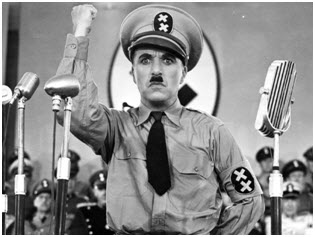


A ruthless dictator is a leader. So was Mother Theresa, and so was Mahatma Gandhi.
We can find leadership in every sort of work and play, and in every sort of adventure and project, regardless of scale, and regardless of financial or official authority.
And so, given the many ways in which leadership operates, it is no surprise that leadership is so difficult to define and describe.
Differences Between Leadership and Management

Figure 1 – Leadership and Management Illustration4
There are lots of confusions and overlaps, and also big differences, when comparing leadership with management.
A very big difference between leadership and management, and often overlooked, is that :
- leadership always involves (leading) a group of people,
- management need only be concerned with responsibility for things, (for example IT, money, advertising, equipment, promises, etc).
Of course many management roles have major people-management responsibilities, but the fact that management does not necessarily include responsibility for people, whereas leadership definitely always includes responsibility for people, is a big difference.
The biggest most fundamental overlap between leadership and management – there are many individual points – is that
“good leadership always includes responsibility for managing”
Lots of the managing duties may be delegated through others, but the leader is responsible for ensuring there is appropriate and effective management for the situation or group concerned. The opposite is not the case.
It would be incorrect to suggest that management includes a responsibility to lead, in the true sense of both terms.
We therefore may see management as a function or responsibility within leadership, but not vice-versa.
(Incidentally – Where a manager begins to expand his or her management responsibility into leadership areas, then the manager becomes a leader too. The manager is leading as well as managing)
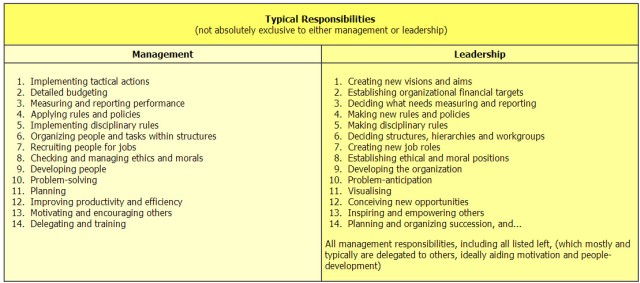
Table 1 – Management and Leadership Typical Responsibilities1
Management vs leadership – (differences in responsibilities)
Observant readers will notice that the final entry in the leadership list is ‘All management… (delegated to others…)’.
This emphasizes that:
- Leadership is (usually*) a bigger responsibility than management, and also,
- Leadership includes the responsibility for the management of the group/situation, which is typically mostly by delegation to others
* N.B. Management may of course be a bigger responsibility than leadership where the scale of a management role is much bigger than the scale of a leadership role, for example the quality assurance manager for a global corporation compared to the leader of a small independent advertising agency.)
Also, it is important to note again that many managers are also leaders, and so will be doing, or perhaps will be asked to do, things which appear in the leadership list. Where a manager does things which appear in the leadership list, then actually he or she is leading, as well as managing.
Kouzes and Posner – trait theory
Leadership trait theory featured strongly in the best-selling book, The Leadership Challenge, by James Kouzes and Barry Posner, based on their research from 1983-87.
The authors initially surveyed 630 managers about their positive leadership experiences, augmented by 42 in-depth interviews. From this, they identified a number of key leadership traits.
Here are Kouzes and Posner’s suggested ten primary or key leadership traits (sought by followers):
Kouzes and Posner’s top ten leadership traits
1. Honest 2. Forward-looking
3. Inspirational 4. Competent
5. Fair-minded 6. Supportive
7. Broad-minded 8. Intelligent
9. Straightforward 10. Dependable
It is important to see the difference between classical leadership traits theory and Kouzes and Posner’s work. They were not analyzing the actual traits of effective leaders – which is the thrust of traditional traits theory. Instead, they asked people what they wanted in their leaders. In other words, they were compiling a profile of the ideal leader. Classical leadership traits theory is different – it aims to explain the common traits of real-life leaders.
The Situational Leadership method from Kenneth Blanchard and Paul Hersey holds that managers must use different leadership styles depending on the situation. The model allows you to analyze the needs of the situation you’re in, and then use the most appropriate leadership style. Depending on employees’ competences in their task areas and commitment to their tasks, your leadership style should vary from one person to another. You may even lead the same person one way sometimes, and another way at other times.
Blanchard and Hersey characterized leadership style in terms of the amount of direction and of support that the leader gives to his or her followers, and so created a simple matrix (figure 2)
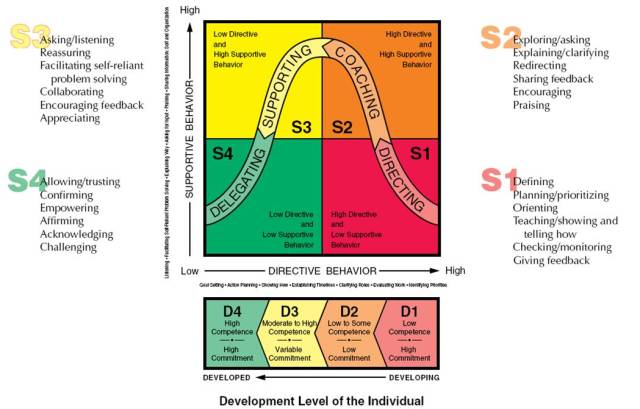
Figure 2 – Situational Leadership5
The best managers learn how to tailor their management style to the needs of their employees. For example, if an employee is new to a task, a successful manager will use a highly directive style—clearly setting goals and deadlines. If an employee is struggling with a task, the manager will use equal measures of direction and support. If the employee is an expert at a task, a manager will use a delegating style on the current assignment and focus instead on coming up with new challenges and future growth projects. Effective leaders are versatile in being able to move around the matrix according to the situation, so there is no style that is always right. However, we tend to have a preferred style, and in applying Situational Leadership you need to know which one that is for you.
If you decide to manage people in this way, make sure you let them know what you are doing. If you don’t they will be confused: one will say you are really directive and another will perceive you as laissez-faire. All you need to do is be overt and say I’m managing you this way becuase this is what you need at the moment.
Leadership Behavior of the Leader
S1 – Telling / Directing – High task focus, low relationship focus – leaders define the roles and tasks of the ‘follower’, and supervise them closely. Decisions are made by the leader and announced, so communication is largely one-way. For people who lack competence but are enthusiastic and committed. They need direction and supervision to get them started.
S2 – Selling / Coaching – High task focus, high relationship focus – leaders still define roles and tasks, but seeks ideas and suggestions from the follower. Decisions remain the leader’s prerogative, but communication is much more two-way. For people who have some competence but lack commitment. They need direction and supervision because they are still relatively inexperienced. They also need support and praise to build their self-esteem and confidence to perform the task, and involvement in decision-making to restore their commitment. In this case, the leader needs to have more direct control over the follower’s attempt to accomplish the task, but the leader should also provide a lot of encouragement along the way.
S3 – Participating / Supporting – Low task focus, high relationship focus – leaders pass day-to-day decisions, such as task allocation and processes, to the follower. The leader facilitates and takes part in decisions, but control is with the follower. For people who have competence, but lack confidence or motivation. They do not need much direction because of their skills, but support is necessary to bolster their confidence and motivation.
Something else to think about: depending on the task or the context, your normally High Fliers might need more support and direction than you might anticipate to ensure getting the best from them.
Most managers prefer to use a supportive leadership style that encourages direct reports to seek out their own solutions in accomplishing their tasks at work. But that style is only appropriate when the direct report has moderate to high levels of competence and mostly needs encouragement to develop the confidence to become self-sufficient.
What about the other times when people are brand new to a task, disillusioned, or looking for new challenges? In these three cases, just being supportive will not provide people with the direction they need to succeed. In fact, just being supportive will often delay or frustrate performance.
S4 – Delegating – Low task focus, low relationship focus – leaders are still involved in decisions and problem-solving, but control is with the follower. The follower decides when and how the leader will be involved. For people who have both competence and commitment. They are able and willing to work on a project by themselves with little supervision or support.
Likewise, the competence and commitment of the follower can also be distinguished in 4 quadrants.
Development Level of the Follower
D4 – High Competence, High Commitment – Experienced at the job, and comfortable with their own ability to do it well. May even be more skilled than the leader.
D3 – High Competence, Variable Commitment – Experienced and capable, but may lack the confidence to go it alone, or the motivation to do it well quickly.
D2 – Some Competence, Low Commitment – May have some relevant skills, but won’t be able to do the job without help. The task or the situation may be new to them.
D1 – Low Competence, High Commitment – Generally lacking the specific skills required for the job in hand, but has the confidence and / or motivation to tackle it.
Similar to the leadership styles, the development levels are also situational. A person could be skilled, confident and motivated for one part of his job, but could be less competent for another part of the job.
Blanchard and Hersey said that the Leadership Style (S1 – S4) of the leader must correspond to the Development level (D1 – D4) of the follower – and it’s the leader who adapts. By adopting the right style to suit the follower’s development level, work gets done, relationships are built up, and most importantly, the follower’s development level will rise to D4, to everyone’s benefit.
And finally over time, people can shift from D4 back to D3, losing momentum or getting bored or just losing their motivation.
Are your managers able to flex their style?
Research by The Ken Blanchard Companies shows that leadership flexibility is a rare skill. In looking at the percentage of managers who can successfully use a Directing, Coaching, Supporting, or Delegating style as needed, Blanchard has found that 54 percent of leaders typically use only one leadership style, 25 percent use two leadership styles, 20 percent use three leadership styles, and only 1 percent use all four leadership styles.
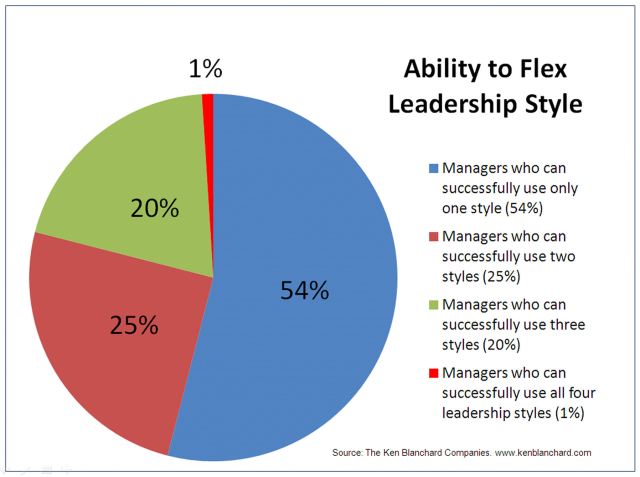
Figure 3 – Ability to Flex Leadership Style3
From Blanchard Ignite! Newsletter June 2012 its shows Task Development Levels. It possible equivalent to development level of follower.
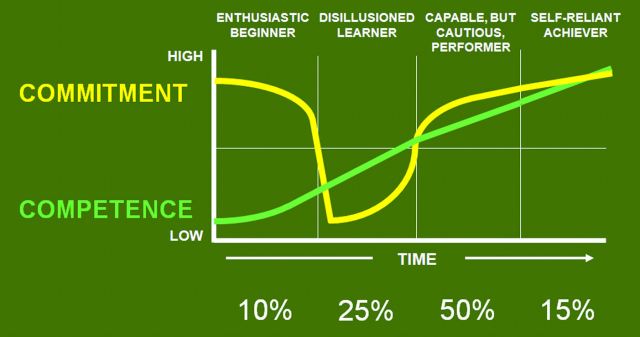
Figure 4 – Typical Task Development Levels3
Blanchard goes on to explain that, “If you operate with 75% of your people at a Disillusioned Learner or only a Capable, But Cautious, Performer level, you are going to have very anemic financial performance and low levels of passion and engagement.
“This is exactly what we are seeing in today’s work environment. The result is an organization operating at 65 to 70% of potential. In our research into The High Cost of Doing Nothing, the impact of this untapped potential is costing the average organization over $1 million per year.”
Leverage development levels effectively
For senior leaders looking to develop their people more effectively, Blanchard has some recommendations.
“When people start off as Enthusiastic Beginners it’s important that you grab a hold of their momentum and enthusiasm and prepare them for the inevitable Disillusioned Learner stage. It will come, so it’s important to acknowledge it, make it OK, and help people push through it.”
“When you get to the Capable, but Cautious, Performer stage remember that you can’t stop there—that will only get you lackluster financial performance. Instead, push through to a place where employees become Self-Reliant Achievers.”
Summary
My personal opinion since I have done review the behavioral science of Maslow, Hertzberg, Argyris, Mcgregor, Mouton, Likert, Kouzes, Posner, Blanchard and Hersey. Based also personal working experience leadership is need to be correspond to development level group or follower.
And the reality that I faced was usually the first stage of group or follower is D1 Low Competence, High Commitment or Enthusiastic Beginner the first step is always the hardest one.
This stage where leader apply the S1 Telling or Directing Leadership. This first step is where leadership by example take place, and everybody know lead by example is not easy task.
It can be illustrated like nurturing a child, me myself is father with one daughter.
Parenting (leadership)
1. Lead by example (Role – Model). “See What I Do”

– Vision: my daughter is my legacy of my goodwill, I need to prepare her to contribute goodness, virtue to the world.
– Mission: I convince her, inspire her that important to be good people, it is great to have honest job which deliver good service or good item to help people live, It is honorable to be brave and take responsibility. It is wonderful to have balanced live between work, family and personal achievement. It’s meaningful and satisfying to achieve peak of your career. and it is necessary keep our body healthy.
And doing all that mission is first step of the leader “Be the change you want to see by show to her how its done”
2. Coaching. “Help me doing what I Do to make you understand how its work”

At this level my daughter should understand about my vision and my mission, But she must know how it works by understand each action is related to supporting vision and mission by work together with me as coach. I will teach her all knowledge which she may need in future, hard skill and soft skill.
3. Supporting. “You do what I have taught you, and I will help you”

The next level is where she placed in front to take decision and responsibility. But she still need someone to talk to or sharing about her wisdom, guidance or asks opinion and advice or even someone to listen her thoughts. That’s why I should be there for her.
4. Delegating. “You do what I have taught you, and I see what you do”

At the end, She should be become independent and mature leader, where she can create self-actualization for her own life. And that’s which I consider a honor for me to see her happiness. She is living proof that dreams do come true.
Not many people has courage to do the first step to be role-model by show how it’s done, and also not many people care to take the second step for coaching other, usually they just want to involve in supporting and delegating which is not good practice. First step should be do it successfully first and then the second step and so on consecutively that’s the brutal truth of leadership.
That’s why great good leader is rare because the true leadership is service for goodness of other people.
Motivation without service to others is manipulation, not leadership.
Good leader same like good parents which are not many and rare but it is possible.
“Yes, a leader is like a hero, they are not motivated for their personal glory, they are the first in battle and the last ones to leave the ship.
They are empathic with every single person in their team and see themselves more as the one serving them all, helping them all, often seeing their own job as complimentary to that of the others, than thinking of themselves and their success, and considering their team as a flock of aids that compliment their job.
A Leader, just like a hero, puts the goal and the team ahead of themselves. They see themselves as the tool, the spear that opens the road, the wall that protects and contains,
The messenger that takes the important cargo so diligently produced by the team they have been entrusted with. Not everybody is a leader, but all of us can be heroes in our own courts.”
So The Organization or Project should and must have clear vision to be realized. The vision should be goodness for other people, virtue, pure. Why? Because everybody down deep in their heart wants to be a good people which give benefit to other people.
For example:
Vision: To support my country Indonesia generations to become more resourceful and knowing for good sake like technology, science and knowledge for better live. That’s why our project to expand internet bandwidth in Indonesia must success.
Mission:
– Successfully completing Microwave Upgrade in Jawa Bali Area
– Raise our market by 75% more than last semester serve more people make their life easier and to make our organization or company deliver more monetary bonus to all employee and investor.
That’s ideally win win solution should happen, customer, employee, owner and investor are get the benefit 🙂
“Being deeply loved by someone gives you strength, while loving someone deeply gives you courage.” Lao Tzu
Next posting Situational Leadership will be matched with Organizational behavior stage Bruce W. Tuckman
References:
1. Chapman, Alan. (2013). leadership theories. Accessed August 2, 2013 from http://www.businessballs.com/leadership-theories.htm
2. S.Wrench, Jason. (2013). Organizational Communication: Theory, Research, and Practice. Approaches to Leadership. Accessed August 2, 2013 from http://2012books.lardbucket.org/books/organizational-communication-theory-research-and-practice/section_09_01.html
3. Witt, David. (2012). Situational Leadership II. Accessed August 2, 2013 from http://leaderchat.org/category/situational-leadership-ii-2/
4. DTSInternational.(2013). Difference Between Leadership & Management. Accessed August 2, 2013 from http://www.dtssydney.com/blog/difference_between_leadership_and_management_(leader_vs_manager)
5. Frodsham, Barbara. (2012). Leadership : How To Change Your Style Depending on What A Person Needs. Accessed August 2, 2013 from http://www.barbarafrodsham.co.uk/2012/08/leadership-how-to-change-your-style-depending-on-what-a-person-needs/
6. Bradley, Myrt. (2011). What is situational leadership? Accessed August 2, 2013 from http://www.business-development-1st.co.uk/blog/142/What-is-situational-leadership
7. 12manage.com. (2013). Situational Leadership. Accessed August 2, 2013 from http://www.12manage.com/methods_blanchard_situational_leadership.html
8. Rusling, Andrew. (2013). Iteration Manager to Iteration Leader. Accessed August 2, 2013 from http://www.journey-to-better.com/2013/01/iteration-manager-to-iteration-leader.html
9. Bunny, Storm. (2012). Boss or Leader. Accessed August 2, 2013 from http://stormberry.blogspot.com/2012/04/boss-or-leader.html

